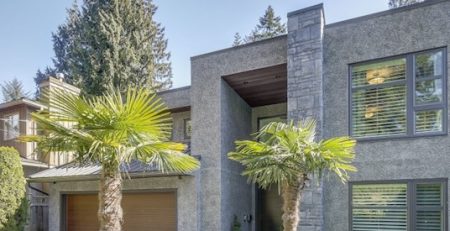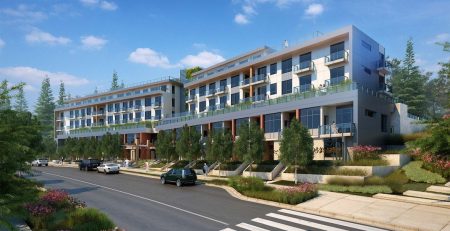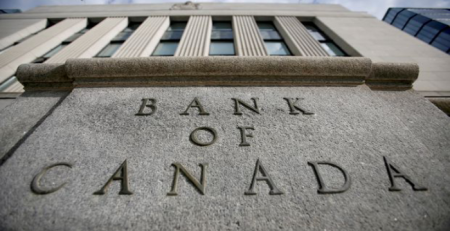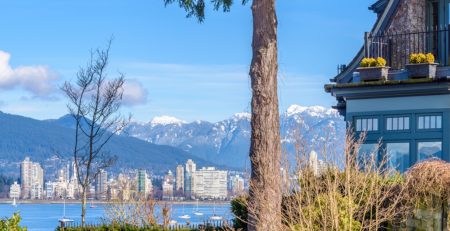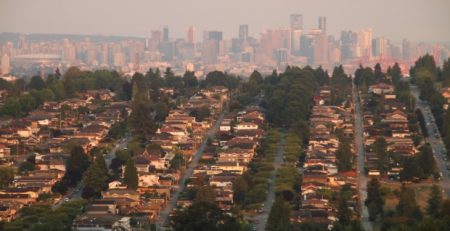Vancouver’s final development frontier – False Creek Flats poised for office boom
[Source: BIV, May 16, 2017]
Fifteen years after Finning International Inc. left the flats of False Creek, bequeathing 18.6 acres of its property on Great Northern Way to the University of British Columbia, Simon Fraser University, the British Columbia Institute of Technology and the Emily Carr University of Art and Design, the area is finally coming into its own as the office hub it was long intended to be.
With more than 20 years of city planning fuelling a vision for a high-tech future, the flats are adding life sciences, educational and cultural uses to their historical and strategic position as a rail corridor.
“Southeast False Creek is the area of most rapid transformation in Vancouver right now,” says Kevin Nelson, a senior vice-president with CBRE Ltd. who specializes in tech space.
The key fibre optic line serving the city’s tech companies enters the city alongside the rail lines, and with close proximity to SkyTrain and plans for the Millennium Line extension along Great Northern Way to Broadway and the west side, genuine redevelopment of the area is finally taking shape. The infrastructure’s here, and developments including Emily Carr’s new campus and corporate head offices are following.
“The area is poised to become an important and vibrant work-and-live epicentre in a few short years,” Nelson says.
The change represents more than two decades of efforts. City staff outlined a vision for the area in a key 1996 report that was updated in 1999 and again a couple of years later as the tech boom and life sciences companies moved in. Then, as now, the area was seen as the next frontier beyond Yaletown.
Original plans called for up to nine million square feet of office space accommodating 20,000 to 30,000 workers in the area bounded by Main Street and Clark, Venables and Great Northern Way.
Today, the vision is for doubling jobs space to 11 million square feet, up from a current total of 5.4 million. The city still targets a working population of 30,000 (up from 8,000 today), but the jobs space will be denser, with provision made for both existing industrial uses as well as next-generation office space. Street networks and walkways will let pedestrian and vehicle traffic move both around and through the area, creating a more porous site than the railyards allow.
“We have to protect Vancouver’s industrial core and affordable commercial space,” says Ingrid Valou, who handles communications for the Vancouver Economic Commission. “[This] means having the space to do it – which means densifying the False Creek Flats.”
This means more multistorey properties, often along the lines of what Chard Development Ltd. is doing at 34 West 7th in Mount Pleasant, where three levels of office will sit above industrial space on the first floor. This is what PC Urban plans for the Able Auctions site at 1055 Vernon Drive in the northeastern quadrant of the flats.
Yet plans are afoot for pure commercial space.
While development has taken place either side of SkyTrain guide rail along Terminal Avenue, the removal of the downtown viaducts will open space to mixed-use developments hosting both jobs space and residential uses. Construction of a new St. Paul’s Hospital and health-care campus on the 17-acre property north of Pacific Central Station formerly home to Burlington Northern will create a hub for health care within the inner city as well as high-paying jobs.
Rize Alliance Properties Ltd., which continues with its award-winning Containers on Terminal development, recently partnered with Pioneer Investments Ltd. of West Vancouver to redevelop 1296 Station Street with an office block oriented to the adjacent Main Street-Science World SkyTrain station. Farther east, the city sold its property at Clark and Great Northern Way to Nature’s Path Foods Inc. for office development. Plans aren’t yet defined, but with Mountain Equipment Co-op’s new head office nearby, it represents one of a number of well-known Vancouver companies choosing to locate here.
Perhaps the biggest office development on the books is PCI Group’s plans for 160,000 square feet at 569 Great Northern Way, where Kit and Ace has taken 95,000 square feet. Kit and Ace is the brainchild of activewear entrepreneur Chip Wilson, also the principal of Low Tide Properties Ltd., which recently acquired 901 Great Northern Way for future development.
While the southern half of the flats is seeing the most action right now, Jake Luft, a senior associate with Avison Young in Vancouver, expects that to change once Vancouver council endorses the plan staff have drafted for the area.
“Anyone that owns sites or has sites under contract or anticipates buying sites, a lot of their plans are waiting for [the False Creek Flats] plan approval,” he says. “There’s a lot of land there that’s ripe for redevelopment. … Density will be increased, and it’s going to be absorbed as the market can do it.”


